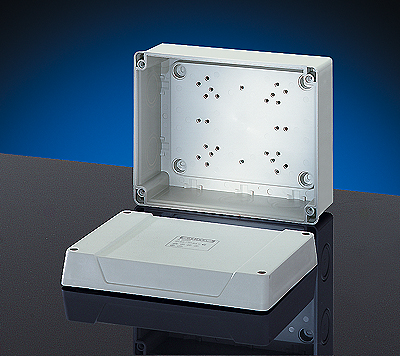I recently bought an old bass boat that needs some work. Apparently the previous owner did not know what he was doing in trying to fix things. Well when I got it, it was basically bare bones. The following need replacement: 4 seats, all deck wood, and carpet. The electrical system looks like a 5 year old hooked it up. The batteries, gas tank, any pumps, have all been removed. I have a "bird's nest" of wiring that I have no idea where to start on. The good is that the engine runs good, the boat floats, and the fiberglass is in good shape.
I was planning to do a complete re wire on the boat. Starting from the motor going to the steering. It appears that something went wrong at some point and he bypassed the ignition to do a direct start. The ignition key is missing. Not sure if anything is wrong with the throttle or steering.
Basically here is what i want to do. I want to re wire the entire boat. I need to wire for bow and stern lights, a bilge pump, a livewell pump, a horn, and replace the speedometer. Not sure how to hookup a livewell. There is one in the front and back of the boat. There is a drain for the back one, but the front one is full of water so I am not sure yet if it even has a drain.
I feel pretty confident that I can no the wood and carpet without a problem. My main focus is electrical. I don't know what type of wire to use. I am planning to buy a switch panel to put on the dash to be able to turn things on/off.
Where do I need to start?
I was planning to do a complete re wire on the boat. Starting from the motor going to the steering. It appears that something went wrong at some point and he bypassed the ignition to do a direct start. The ignition key is missing. Not sure if anything is wrong with the throttle or steering.
Basically here is what i want to do. I want to re wire the entire boat. I need to wire for bow and stern lights, a bilge pump, a livewell pump, a horn, and replace the speedometer. Not sure how to hookup a livewell. There is one in the front and back of the boat. There is a drain for the back one, but the front one is full of water so I am not sure yet if it even has a drain.
I feel pretty confident that I can no the wood and carpet without a problem. My main focus is electrical. I don't know what type of wire to use. I am planning to buy a switch panel to put on the dash to be able to turn things on/off.
Where do I need to start?




















